what does a car speedometer measure
The speedometer is used to check the driving speed. It supports two units: mph or kmh. The speedometer function requires strong GPS signal support, and can display the maximum speed of 220km/h u002F hours. Now many car meters use electronic speedometers. One of the common methods is to obtain the signal from the vehicle speed sensor on the transmission, and deflect the pointer or display the number through the change of pulse frequency. Here are more relevant introductions: traditional tachometer: traditional tachometer is. A typical mechanical odometer is connected to a flexible shaft with steel wire, and the other end of the flexible shaft is connected to a gear of the transmission. The gear rotation drives the steel wire to rotate, and the steel wire drives the magnet in the odometer cover to rotate. The ring is connected with the pointer, and the pointer is set to zero by the hairspring. The rotation speed of the magnet causes the change of the magnetic line of force, thus driving the pointer whose balance is broken. The speedometer is simple and practical, and is widely used in large and small cars. When GPS prompts that the vehicle speed is 100km, you will find that the pointer of your dashboard speedometer has exceeded 100km. That is, when the pointer of the speedometer points to 100km, your actual speed has not reached 100km. It may look like 95-97km.
Why is this? Is the "indicated" speed higher than the actual speed? Is this an inaccurate speedometer? Theoretically, as long as the original vehicle has not been refitted with wheels and tires, the accurate vehicle speed can be determined using these three data sources. However, most of them have errors. The root cause is that the speed of the instrument cluster is "indicated speed", not "real speed". The indicated speed is usually higher than the actual speed, as this is the rule. The speed displayed on the dashboard is not the actual speed of the car. The number displayed on the gauge is usually greater than or close to the actual speed.
As for the difference between the two, the difference will be different due to different car companies and models. Under normal conditions, the difference between the speed displayed on the instrument panel and the actual speed is about 2~7km/h. Therefore, the speedometer displays 100km/h, and the actual speed is about 93km/h-98km/h. Generally, the speed marked on the instrument panel by the vehicle manufacturer will be 2-4km/h faster than the actual speed. However, the design standards of each vehicle manufacturer are different, together with tire pressure, wheel wear and other factors, resulting in a slight deviation in the final indicated speed. Velocity is a measure of distance over time. In a word, no matter how big the deviation between the displayed speed and the actual speed is, in general, the displayed speed will be greater than the actual speed. When driving, we'd better drive at the speed shown on the speedometer, which can reduce many overspeed situations. Safety is the first priority.
 English
English 
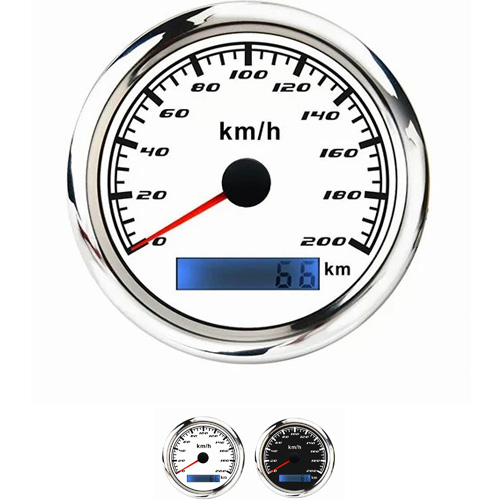
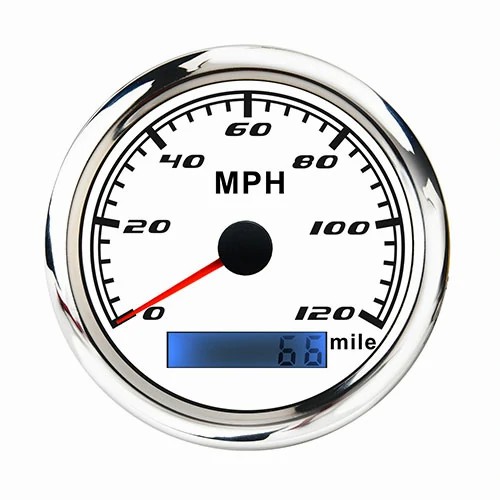

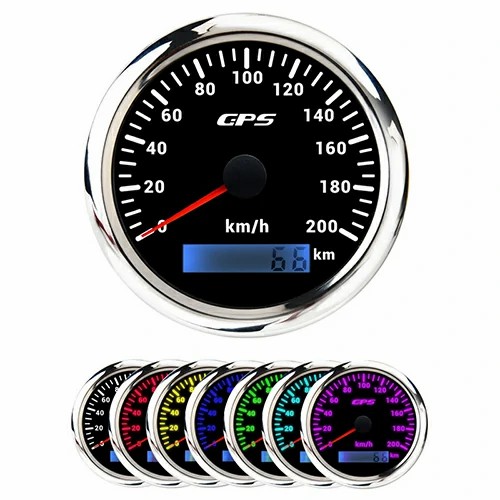
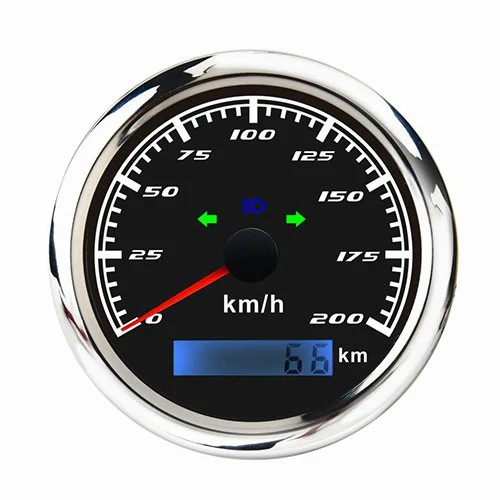
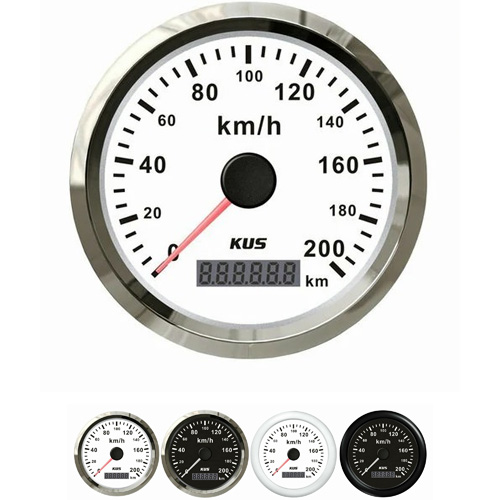
Get a Quote / Info